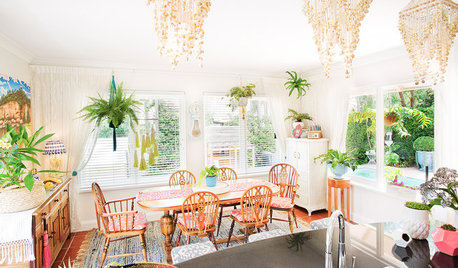I'm having some trouble with my Calathea, for a while now brown spots have been developing on the side of the leaves. They are starting to spread all across the plant.
What could be the problem?
It was standing next to another Calathea that was suffering from red spider mite and I think it might have caught some. I have sprayed the leaves with a mixture of water, natural soap and alcohol.
I have checked the bottom of the leaves and it appears to have helped. But ever since these brown spots have been developing. I am keeping the soil relatively moist, watering every 1-2 weeks and preventing it from drying out.











plantomaniac08
summersunlight
Related Professionals
Windham Landscape Architects & Landscape Designers · Bowie Landscape Contractors · Chesapeake Ranch Estates Landscape Contractors · Cockeysville Landscape Contractors · Dudley Landscape Contractors · Fairhope Landscape Contractors · Fort Myers Landscape Contractors · Fort Payne Landscape Contractors · Garland Landscape Contractors · Middletown Landscape Contractors · Paramount Landscape Contractors · Peoria Landscape Contractors · Lauderdale Lakes Landscape Contractors · Greenfield Landscape Contractors · Birmingham Interior Designers & DecoratorsTiffany, purpleinopp Z8b Opp, AL
RioSeven
petrushka (7b)
teengardener1888
paul_
teengardener1888
petrushka (7b)
EbokaiOriginal Author
petrushka (7b)